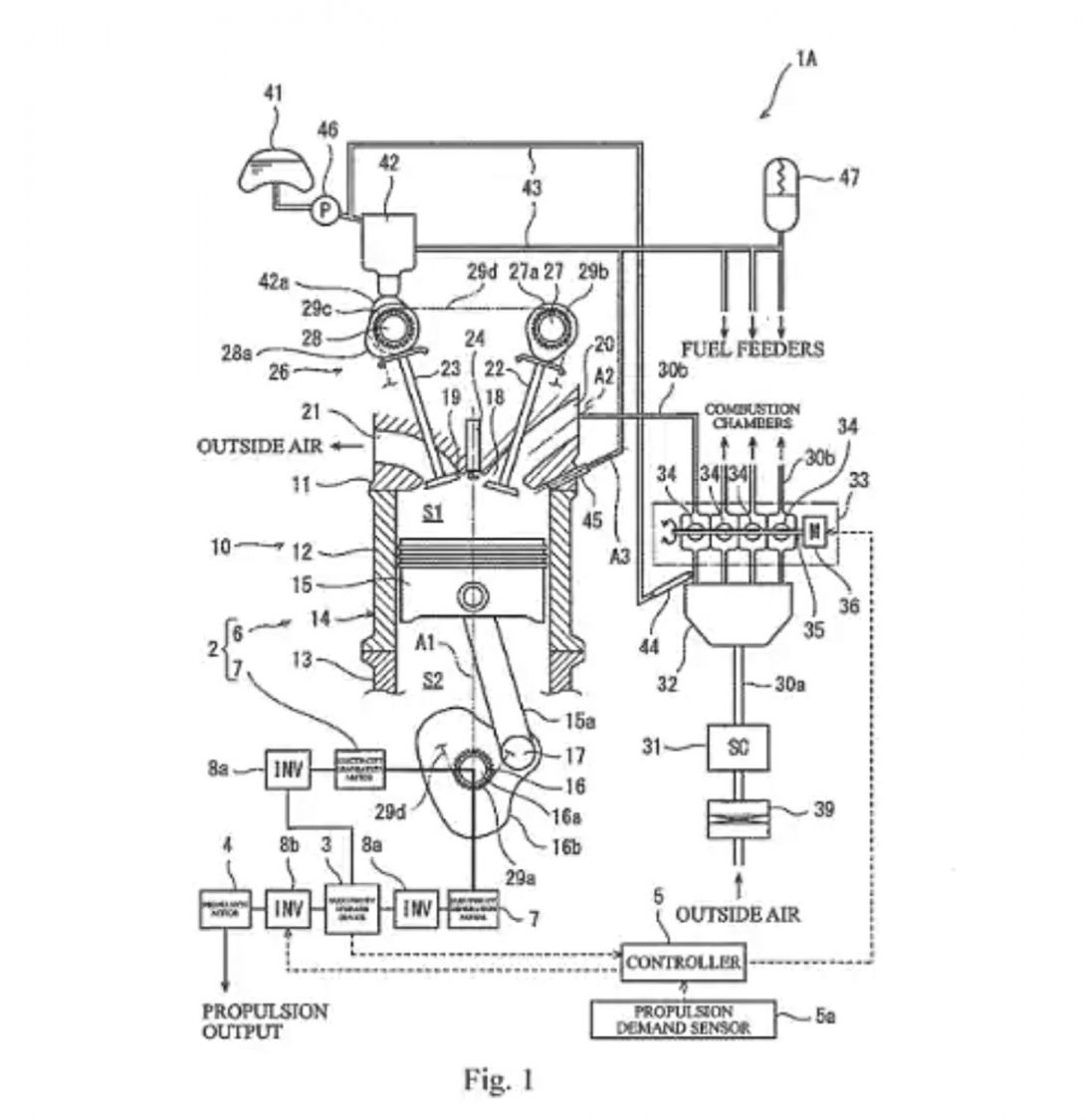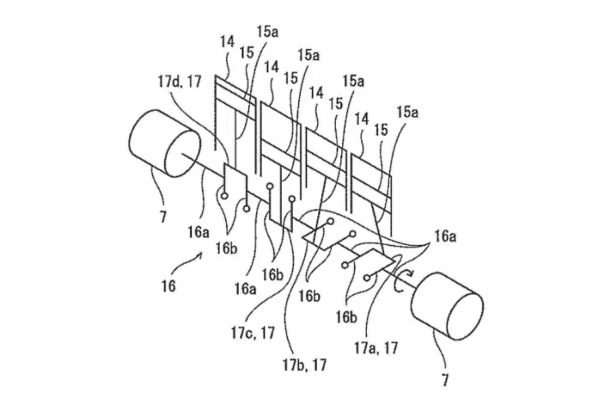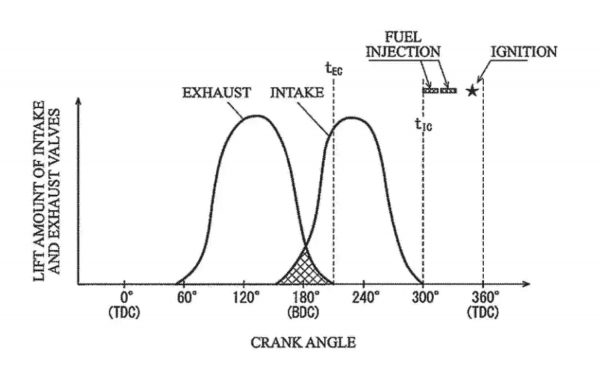It is still not clear as to where this future engine will be used by Kawasaki – on a motorcycle, on a watercraft?
Two-stroke engines are largely considered a thing of the past in the automobile world. But can an old technology be used to achieve better results with new innovation? Kawasaki certainly believes so and has already filed a patent with the Japanese Patent Office. What Kawasaki is essentially working on is a series hybrid powertrain that comprises a combustion engine functioning as an electricity generator. The connected electric motor then power the wheels.
As of now, we are more familiar with the parallel hybrid system. Typically, a low power combustion engine is used to recharge the batteries, which helps extend the range of the vehicle. Kawasaki’s idea is different, as the engine will be a high-performance unit. When running at its optimal speed, the engine can achieve significant efficiency as well as low emissions.
In its design, Kawasaki has introduced some innovations to the standard two-stroke engine. These engines are usually considered to be fuel hungry and bad for the environment with their high carbon emission rate. Kawasaki’s design is different as poppet valves have been used, similar to that of a four-stroke engine. In a standard two-stroke engine, there are ports in the cylinder walls. Kawasaki’s upgraded two-stroke engine also comes with double overhead camshafts.
Another key change is that Kawasaki has used cross-plane crankshaft instead of a flat-plane crankshaft. Without this, the two cylinders would be firing simultaneously, generating too much vibration and creating additional stress on the engine. At each end of the crankshaft, there are electric generators instead of the conventional clutch and gearbox. Power will be stored in a small battery or even some super capacitors could be used. Power will be supplied to an electric motor that runs the rear wheels.
Some ships have series hybrid system, which allows them to achieve efficiency of around 50%. According to experts, efficiency of even 60% to 70% is achievable. This is exactly what Kawasaki may have in mind. If it becomes a possibility, Kawasaki’s new two-stroke engine may be rated at par with fully electric powertrains.
Electric motors can have efficiency of up to 95%, but we also need to consider energy losses arising from power generation & distribution and battery charging. When these factors are accounted for, efficiency of Kawasaki’s two-stroke engine will be close to that of electric motors.
In the patent application, it has been mentioned that the new engine can be used for buggies, trikes and watercraft. It’s debatable if Kawasaki will introduce this engine for any of its existing or new two-wheeler products. However, the engine does have potential. It can act as a bridge, as we transition from combustion engines to a fully electric ecosystem.




